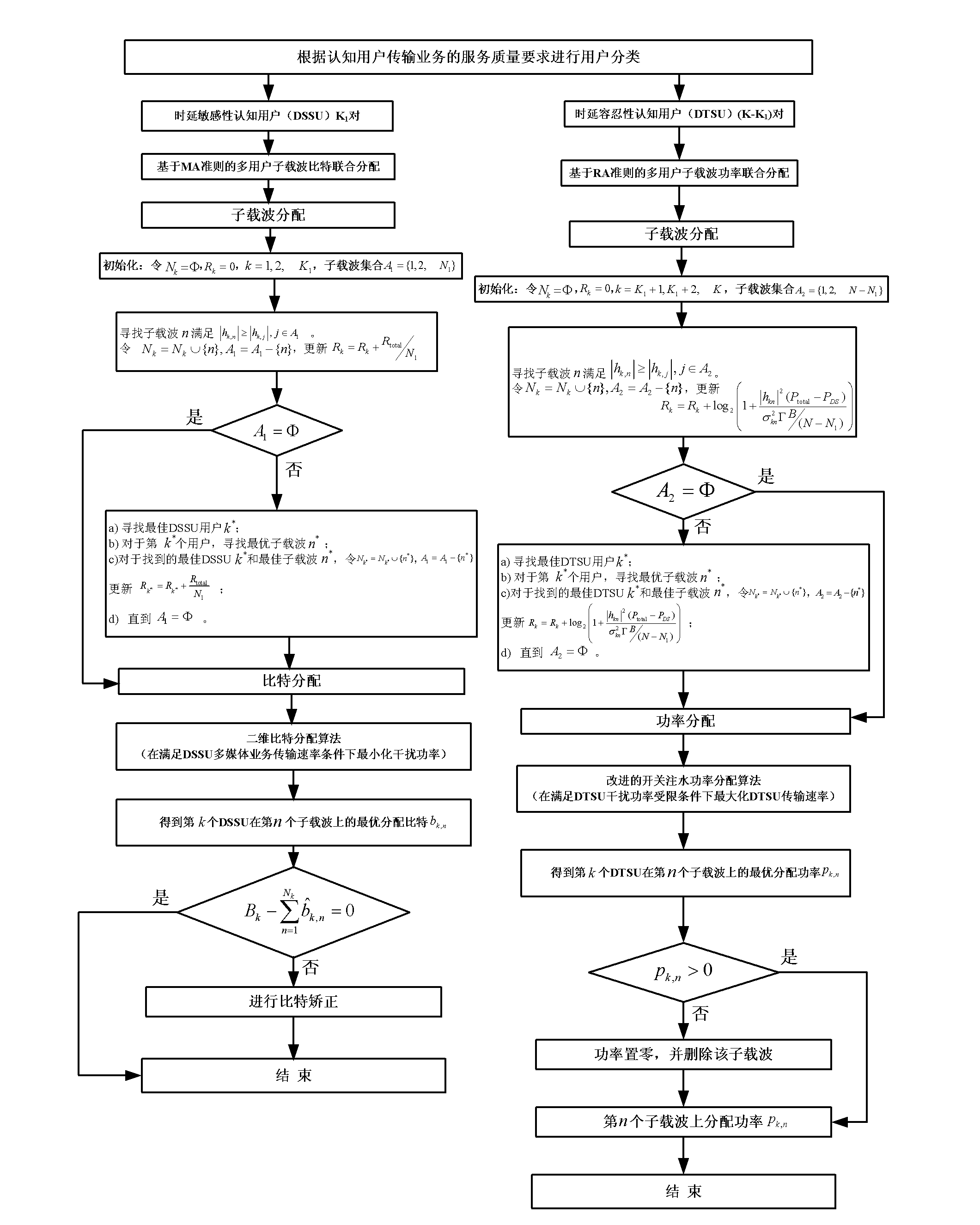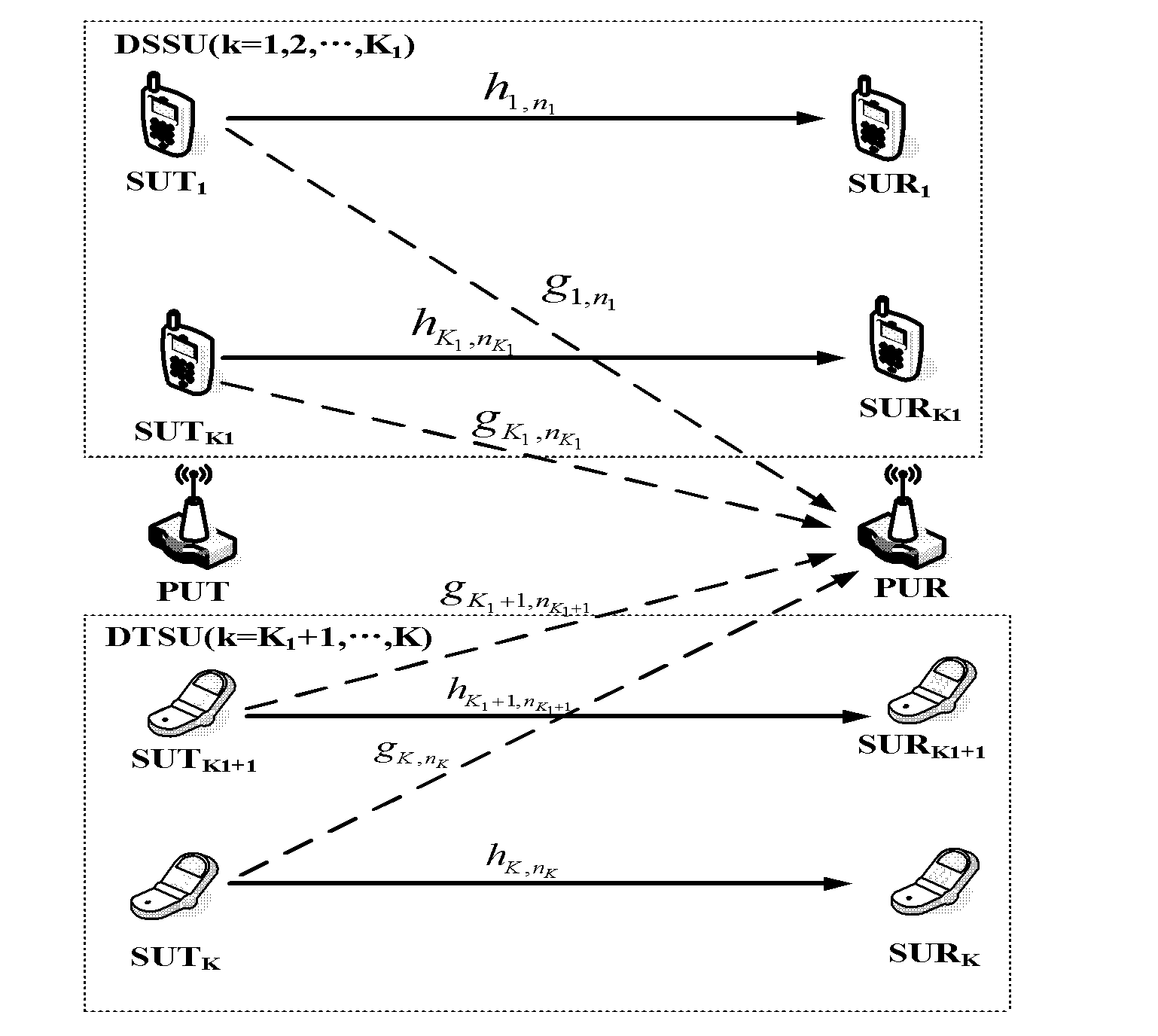Multi-resource joint allocation and optimization method based on user service quality requirements in perception delay tolerant network
A technology for quality of service and user recognition, which is applied in the field of joint allocation and optimization of multi-user and multi-resources based on the requirements of cognitive user service quality, which can solve the problems of waste of licensed spectrum holes and low utilization rate of licensed spectrum.
- Summary
- Abstract
- Description
- Claims
- Application Information
AI Technical Summary
Problems solved by technology
Method used
Image
Examples
Embodiment Construction
[0103] Embodiments of the present invention will be described in detail below in conjunction with the accompanying drawings.
[0104] figure 1 It is a flow chart of the cognitive DTN multi-resource joint allocation and optimization method based on user service quality requirements. This figure shows the specific implementation process of the cognitive DTN multi-resource joint allocation and optimization method of the present invention. The method includes first classifying DSSU and DTSU users according to the service quality requirements of different users in the DTN. Then, for cognitive users with high quality of service (DSSU), joint allocation of subcarrier bits based on margin adaptive criterion (MA) is used to minimize the interference power while meeting the user's transmission service rate requirements; for general quality of service cognitive users In order to maximize the user's transmission rate under the condition that the total interference power of the user is ...
PUM
 Login to View More
Login to View More Abstract
Description
Claims
Application Information
 Login to View More
Login to View More - R&D
- Intellectual Property
- Life Sciences
- Materials
- Tech Scout
- Unparalleled Data Quality
- Higher Quality Content
- 60% Fewer Hallucinations
Browse by: Latest US Patents, China's latest patents, Technical Efficacy Thesaurus, Application Domain, Technology Topic, Popular Technical Reports.
© 2025 PatSnap. All rights reserved.Legal|Privacy policy|Modern Slavery Act Transparency Statement|Sitemap|About US| Contact US: help@patsnap.com



